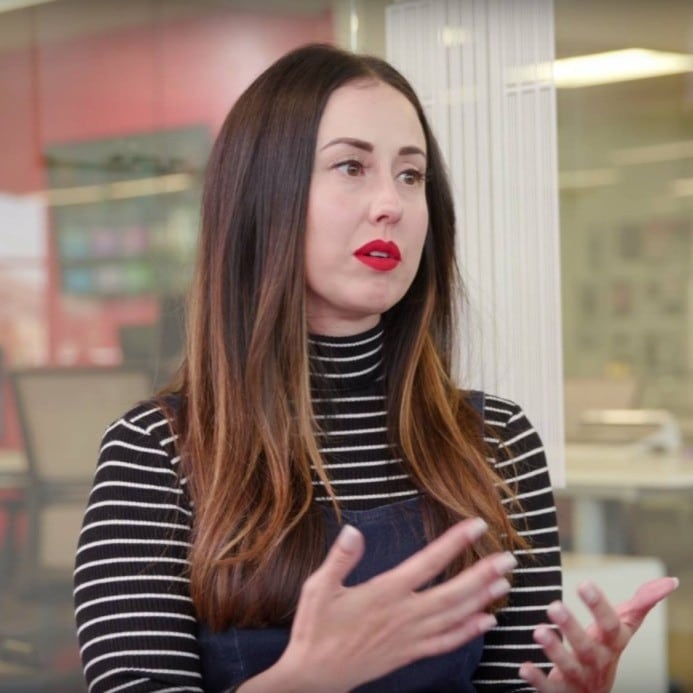Thanks for joining us for this 5-part series where we we break down several on-page optimizations that you can do in a day that will improve not only where you show up in search but your chances of capturing the click through to your website.
If you didn’t catch Part 1 and 2 go to On-Page Optimizations You Can Do Today (Part 1) and start from there. In that first video I share a bit more about why on-page optimizations are super important in the digital landscape and I give you the super useful tool that we’ll be using to crawl your site and serve up everything in a simple excel or csv file.
Let’s get to it!
#3: Header Tags
The H1 tag is another HTML element that you populate on your website within the content management system. It is the title of the post or page; also known as the headline. Whatever you plug into the headline field in the backend, this is how it shows up on the front end of your website:
You are not limited in character, however, remember in Part 1 where we talked about title tags; title tags being what Google pulls and populates your SERP with. Also, limited to 50-60 characters.
If you’re missing title tags Google will pull the first 50-60 characters of your H1 tag and use that to populate the SERP, which is no problem if you have a short and concise headline. However, if you’ve watched our 5 Tips for Creating a Good Headline you know that there is a lot of good to be had from exploring longer, more descriptive headlines. Thus, the need to have a short concise title tag and more descriptive H1 tag.
Now let’s move onto H2 tags or subheadings because while these are not being pulled by Google into the SERP if something else is missing the number one difference between having H2 tags and not having them is time spent on page by your preferred users and/or buyers.
Here’s how this works: The title tag and meta description capture the user's attention and they click through to your website. The H1, like the headline of any article or page, if what the user is looking for means they will begin reading the article...line by line, paragraph by paragraph until the very. last. word...just kidding, no one reads articles like that anymore. Just think of your own reading habits. Do you dedicate your full attention to reading anything in detail right away or do you, like 99% of us, instead scroll through the article for clues that it is, in fact, something you want to spend more time with? H2 tags in the copy help with this.
By improving the scannability of your article you ensure your user spends more time on your page (assuming you’re giving them what you promised in the title tag and meta description) and provides more opportunities to 1. Link them to the next relevant article or page and 2. Draw them to a conversion whether it is Buy Now or Opt in.
For Part 3’s challenge go back to the Screaming Frog report you ran during Part 1 and make sure that:
- You are writing H1 tags for all your landing pages and blog posts
- You are following our practices and formulas mentioned in this video (5 Tips for Creating a Good Headline)
- You take a minute to add in H2 tags to some of your top page and post content. If you have a large site you may not be able to do all of this within a day but you can certainly create a workflow to add H2 tags into all new copy moving forward.
And that’s it, Part 3 of the 5-part series down! Stay tuned for Part 4 and the next on-page optimization in the line-up. Until next time!









